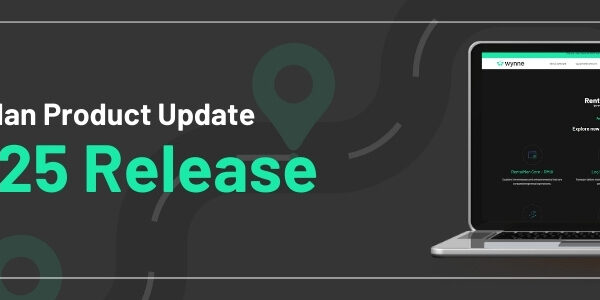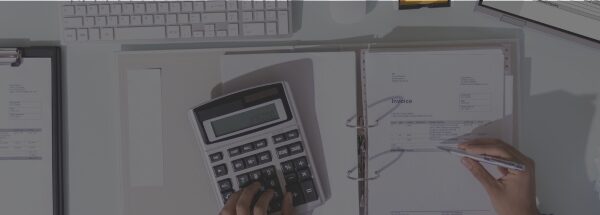
It was put to me by one of our customers recently that “the field” is a bit like the “wild west”. Job sites are scattered across the state or the country, cut off from the core business by network and communication difficulties at least some of the time and just as difficult to regulate as the wilds of the US during the growth of the nation.
It’s not necessarily that job sites deliberately seek to do the opposite of what the corporate offices, particularly procurement, would prefer (though some do). It’s more that this is a natural consequence of separation and of not having any mechanism to communicate except text messages, emails and phone conversations shouted over the noise of an excavator in mid-flow. Control is a valuable commodity in a business where margins are tight and logistics errors around equipment delivery, incorrect equipment and missed-deliveries can hold up job-site activities and cause delays and cost overruns. So how can you take back control at least around equipment and tools?
#1 – Utilize a controlled electronic system for communication
Yes I know, email and text messages are technically electronic! But they aren’t controlled. When we talk about control, we mean something where the hard work has been done for your users. Present them with a catalogue of things that they can request so they are picking from a list, not free typing the smallest amount of information possible. For example, how often have you had an email or a text that requested an “excavator for tomorrow morning” without any idea of what size excavator or what attachments it needs? If your catalogue forces your superintendent to think about whether he wants the 2 ton or the 3 ton excavator, and then asks him to choose the correct bucket size, then you don’t need to track him down to clarify the requirement and you can get it loaded on the truck that bit more quickly.
#2 – Provide information that your job sites want to know in an easy to access form to help them get control
Superintendents and foremen juggle hundreds of tasks on a daily basis. They are primarily interested in getting the job done. Things that you think are important at the head office are not necessarily as important when you’re at the front line dealing with a broken machine or a collapsing trench. So help them by providing information in a clear and useful format in the same place that they can track and order their equipment. Manuals, safety information, troubleshooting guides can all be provided online for easy access.
Help them keep an eye on their budgets by giving them daily accruals showing them their equipment and tool expenditure to date and estimating what it will be by the end of the month. Information is gold, and if you can provide it on screen, on a self-service basis it becomes so much easier for a busy superintendent to make use of it when they finally have a moment to breathe.
#3 – Don’t forget about external vendor deliveries
Whether it’s an excavator arriving from Sunbelt or a generator from United, at some point your job sites are going to be dealing with equipment arriving from third party vendors. Your system should allow your site users to track that equipment in just the same way that they do their own. Rather than jumping onto multiple vendor websites to check whether equipment has been ordered, make it all visible in the same place. Give the job site the option to confirm deliveries directly onto your system, don’t depend on the external vendor to confirm a delivery. When the job site requests the off-rent of equipment from external vendors, let them do it through your application and notify the vendors of the request automatically.
Retain control at the job site level, that way when discrepancies arise in AP billing you have the notifications and confirmations to ensure that you aren’t paying for things you never received or have already returned.
Summary
Getting control of the “wild west” is a reality if your equipment and tool management system is designed to work with the job site. Rather than simply managing a logistics process to deliver and pickup, your equipment management solution should manage the “on-rent” process, providing information to the job site and equipment facility and enabling efficient communication between all parties.




